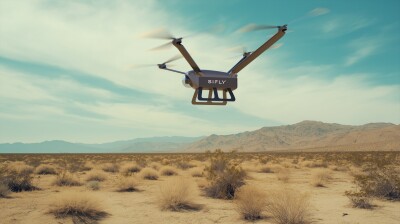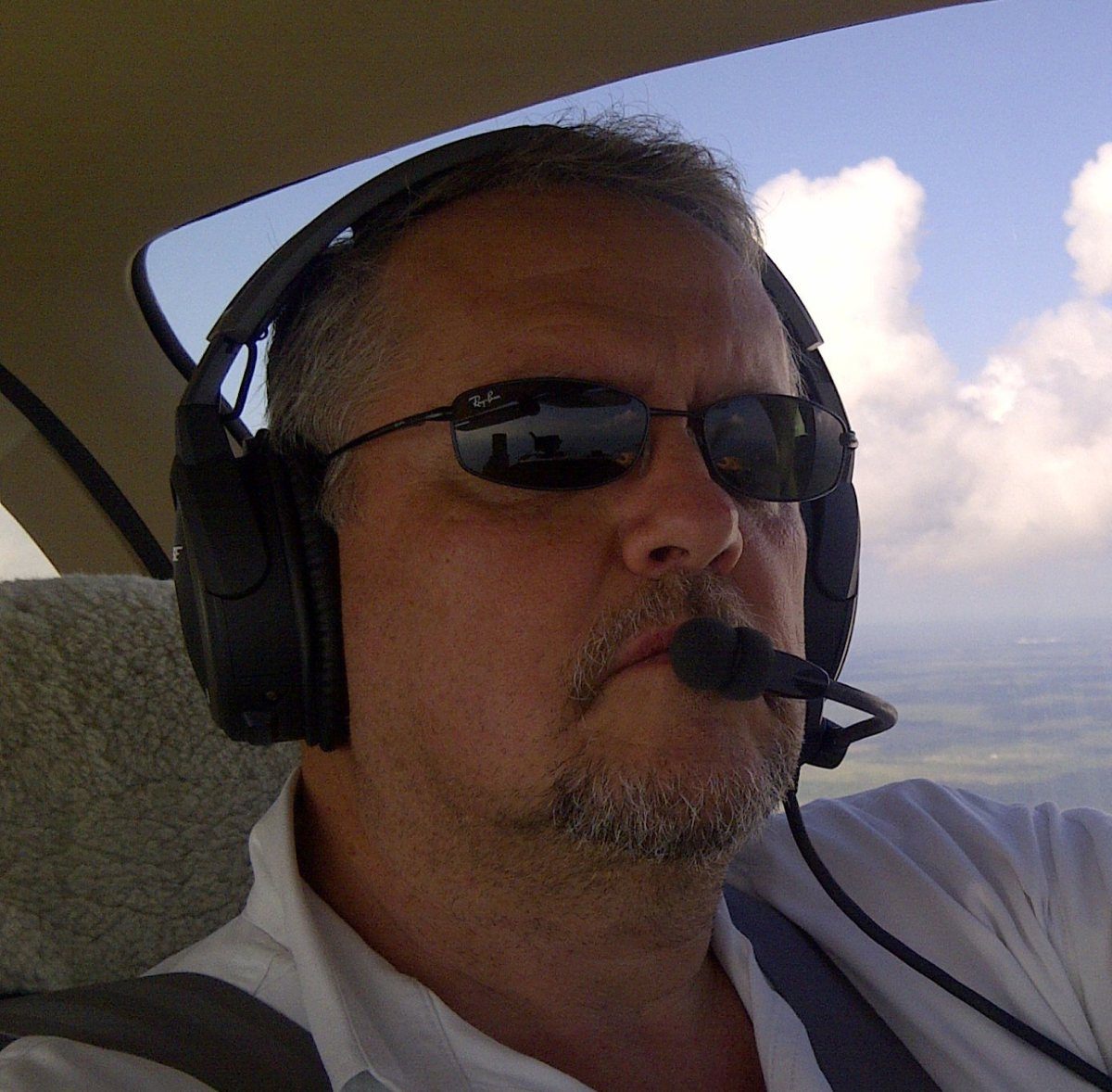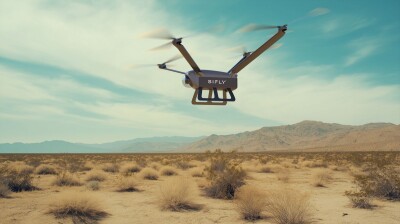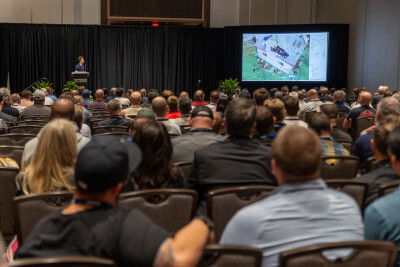Since the launch of the first commercially available multicopter, sometime in the early 2010’s, we have been living in a world where these marvels of ingenuity and technology can only fly for an average of 25 minutes. Even though there have been slight improvements in battery technology, the reality is that as payloads get more complicated and heavier, the flying time is obstinately fixed at less than half an hour for most uncrewed multicopters.
The math is simple, if you want to fly for a long time, you fly light. On the other hand, if you want to carry a big payload, you travel short distances. Pilots of traditional aviation have been dealing with this conundrum since their early days, when they had to drain fuel from the wing tanks of their Cessna 150’s in order to accommodate a student pilot and an instructor.
Aircraft cannot cheat gravity, at least with the technology of today. Multicopter batteries are tasked with providing a steady flow of electrons to a machine fighting gravity 100% of the time. With fixed-wing uncrewed aircraft, the load is shared with the wing, and the extraordinary physics of flight allow for longer missions.
Now, a California-based company, SiFly, has found a way to add certain characteristics of traditional helicopter design to the world of remotely pilot aircraft. In other words, SiFly has taken a different route by going back to basics and bringing lessons learned from 70 years of rotary wing design, thus defying traditional ‘drone’ standards.

Their motto of “Optimization on Optimization on Optimization” has given them a clear advantage in the flying range and weight of their aircraft, while maintaining a purely electric powerplant and a more standard multicopter configuration. Their business model can be defined as: helicopter performance, drone economics.
Their design philosophy is simple: analyzing every component of the aircraft, optimizing it to the limit and forcing it to contribute to improving time in the air and lifting capacity.
First-Principles Optimization
- Disc Loading: Most drones today are designed with high disc loading, meaning they require significant power just to stay aloft. SiFly’s platform is designed for low disc loading (~1 lb/ft²), enabling lift efficiency while performing in winds up to 30 mph.
- Battery Weight Fraction: The theoretical optimum is a 66% battery-to-weight ratio. Most drones fall well short (often below 35%). SiFly achieves ~60%, nearly ideal, allowing longer flight times and greater range.
- Energy-Dense, Cost-Effective Cells: SiFly’s aircraft never pull hard on the batteries, due to improved efficiency and high battery weight fraction, therefore they use higher energy cells, similar to those popular in the Electric Vehicle (EV) industry, rather than the high-power batteries that other drone manufacturers use. This results in the lowest cost per watt-hour, double the battery life, 50% greater energy per cell, and a diverse global supply chain.
Designed for Forward Flight
- Helicopter-Like Blades: Instead of twisted, hover-optimized propellers, SiFly has developed a straight, low-drag blade more akin to helicopters. This dramatically improves efficiency in forward flights.
- Built-In Aerodynamic Tilt: Our front and rear rotors are tilted 10 degrees, so the aircraft flies level and streamlined—unlike typical drones that fight drag in cruise.
- Wingstruts: Motor struts are enclosed in aerodynamic airfoils, not bare carbon tubes. This enhancement reduces drag and increases range.
Built-In Safety at Scale
- Autorotation: SiFly has patented a torque-rotor mechanism that allows controlled autorotation—just like a helicopter—in the event of failure. No other multirotor has this.
- Steerable Braking: In autorotation, SiFly’s aircraft apply electric braking to guide the aircraft to a safe landing zone. Unlike parachutes, this is steerable and precise.
- Scalability: Torque-actuated rotor pitch control allows SiFly to scale up their quad-copter architecture without facing the inertia and responsiveness problems of RPM-based thrust systems. Current drone technology works on the principle that explicit collective control is required to make large rotorcraft, which carries the burden of increased cost, increased weight and reduced reliability.
By adding layers upon layers of small optimizations, SiFly has managed to create an aircraft, the Q12 that can fly for 180 minutes at a top speed of 55 miles per hour (Mph) and a range of 90 miles with a 10 lbs payload.
The most notable feature of SiFly's design is its scalability. Every improvement and optimization made to the design can be applied on a larger scale in more extensive projects. Their larger aircraft, the Q250, boasts an impressive flying time exceeding 100 minutes, with a payload capacity of 237 lbs and a top speed of 100 mph.
These figures are quite impressive, which is essential for competing in the crowded startup sector aiming to develop American-made uncrewed aircraft capable of rivaling established foreign brands. Service operators, particularly in the era of Part 108 regulations and flights beyond the visual range of the operator (BVLOS), will require aircraft with extended flight duration, higher payload capacities, affordability, ease of use, and robust local support. The race to achieve market leadership is on!















Comments